What are transposons?
Barbara McClintock's Nobel prize winning corn cob, showing the class II AcDs transposon at work (Thanks to Prof. Rob Martienssen for permission to photograph this historically important aretifact)
There are 2 classes of transposons
Transposons come in two flavours based on the intermediate molecules they use as they transpose from one location to another in the genome.
Retrotransposons (Class 1 transposons) are transcribed and the resulting RNA molecule is both the source of information for the protein components required for the element to move and is copied into DNA which is then reinserted into a new location in the genome. As the parent transposon is only copied and not excised from the genome, these elements are often described as 'copy-and-paste' transposons.
These copy-and-paste transposons lead to increased genome size and complexity. Also, as they replicate so efficiently, they also represent the most commonly found elements in the genome. As these elements do not excise from their genomic locus they are also largely stable once inserted.
DNA transposons (Class II transposons), where the first to be described by Nobel laureate Barbara McClintock in the 1950's. These elements are also transcribed. However the RNA produced provides the template for an enzyme known as a transposase. Transposases bind to the inverted terminal repeat structures that characterise class II elements, cut out the elements and carry and insert the element into a new location. Thus unlike their class I counterparts, these transposons can be characterised as 'cut-and-paste' elements. Their ability to excise and reinsert allows deactivation and reactivation of genes they insert into. However as they are not as highly replicative as Class I elements they are generally found in genomes at far lower numbers.
Transposons make up the majority of most eukaryotic genomes. The ability for transposons to replicate and re-insert themselves into new genomic locations has led to genomes increasing in size and complexity over evolutionary time. However while transposon activity is involved in genome evolution, rampant transposon activity is deadly to cells. Consequently there has been co-evolution of mechanisms to tightly regulate transposon activity.
Transposons and Epigenetic regulation are intimately linked. It is currently thought that the epigenetic regulatory system (based largely on DNA methylation and modifications to histones in the nucleosome) evolved primarily to suppress the activity of both viruses and transposons. Subsequently aspects of the epigenetic regulatory system have been co opted into a vast array of gene regulatory networks. Transposons are actively targeted by this machinery which identifies expression from transposon loci and seeks out both transposon transcripts and their DNA within the genome to suppress these elements. A consequence of transposon biology leads to expression of DNA flanking the transposon/transposon fragment insertion site to spread this silencing to DNA surrounding the transposon. This can lead to alteration of patterns of transcription of this DNA and conseuqently alterations to cell behaviour/phenotype.

